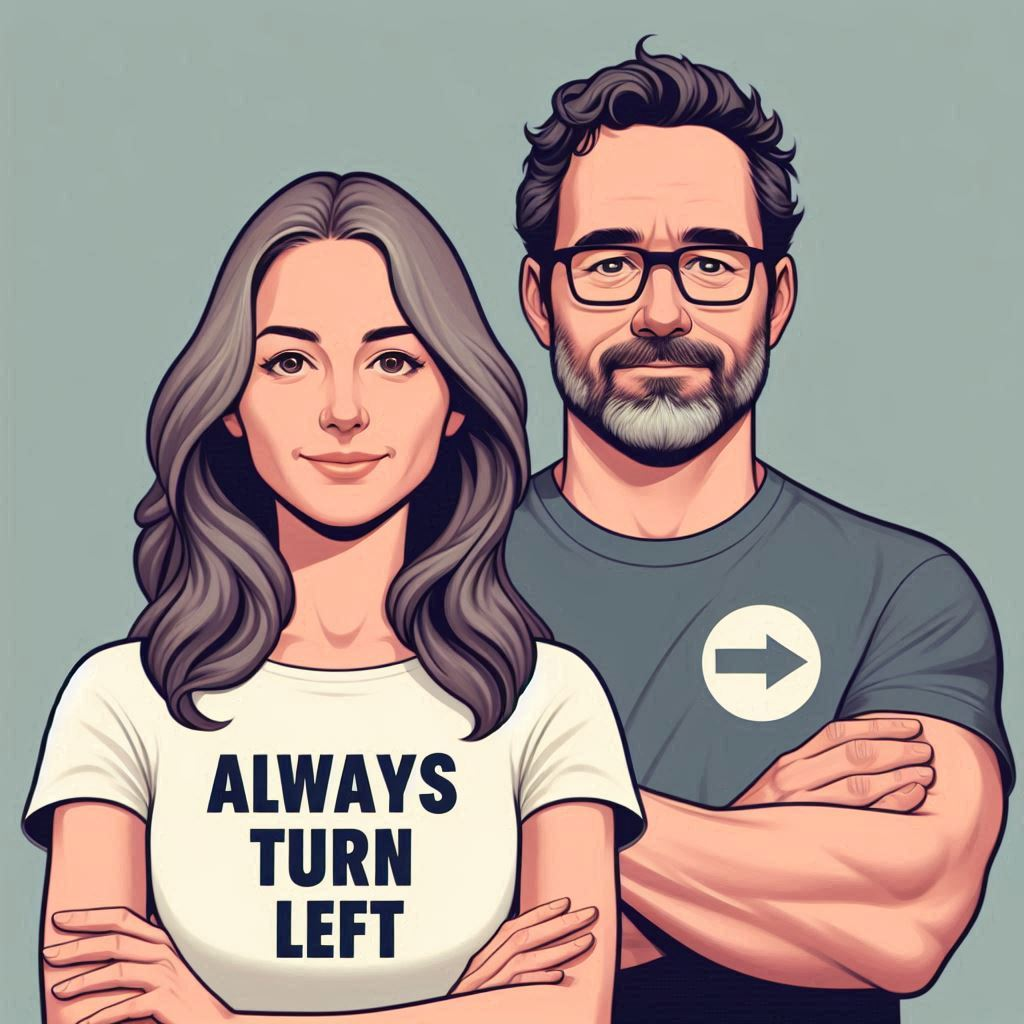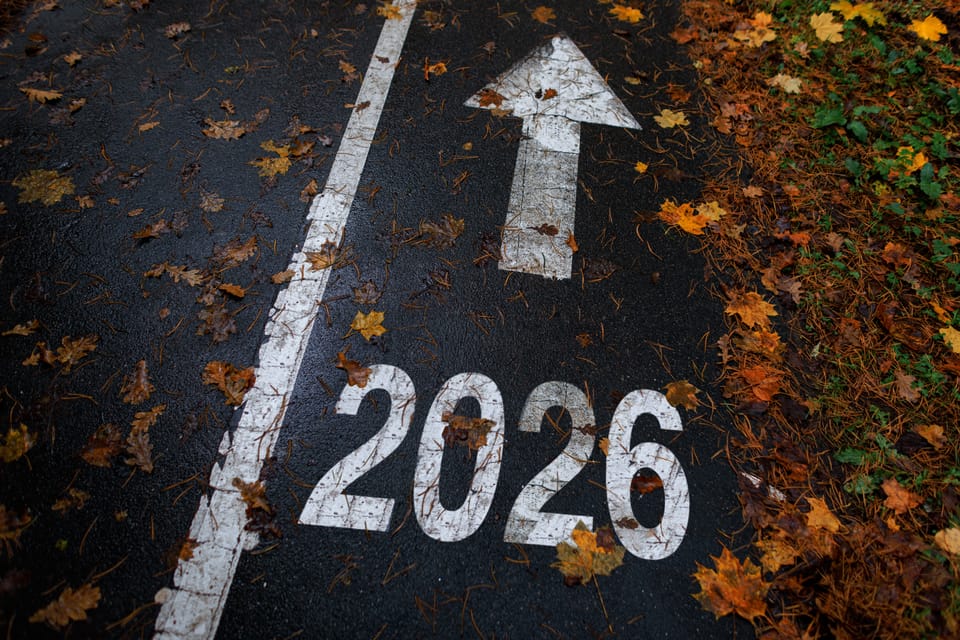The Rewards Cartel: Hotels do not fly planes, but they sure as hell sell points.
Hotels don’t fly planes - they mint currency. Every swipe of a Hilton or Marriott card prints points sold to banks for cash, then redeemed for rooms that cost pennies. Your “free” night? Margin play. The buffet cost more. Dynamic pricing quietly taxes your balance. Burn fast or get devalued.


If You Only Had 60 Seconds to Read This Article (Click Here 🗞️)
Hotels run two businesses: rooms and points. The rooms are for you; the points are for profit. Hilton Honors and Marriott Bonvoy sell billions of points to banks for cash up front, then treat those points like gift cards with strings. The programs hold the money, recognize revenue only when you redeem, and design the rules so the eventual cost of your “free” night stays low. The customer they court most aggressively isn’t you - it’s Amex and Chase.
Dynamic award pricing isn’t inflation; it’s margin control. By floating point prices with demand, programs cap outsized value and make your balance melt faster without announcing a devaluation. Most properties are franchised, so when you redeem points the program reimburses the hotel on a formula that often tracks marginal cost - not the sticker rate. On slow nights, payouts can be closer to housekeeping-and-laundry money than to the published cash price.
The spread is the business. Hypothetical: Amex buys points from Hilton at ~0.5¢ each; your 95,000-point “free” night represents $475 in cash received by the program. The franchisee might be reimbursed $50-$200 depending on occupancy, resort fees may still hit your card, and breakage (unused points) plus float (cash held now, rooms delivered later) pads profit further. Translation: your free night in Cleveland probably cost Hilton less than the breakfast buffet.
How to win anyway: don’t hoard-points are a melting ice cube. Chase sweet spots (fifth-night-free, off-peak dates, neighborhoods a stop away), and do the math on buying points during promos only when the effective cents-per-point beats cash. Treat elites and perks as coupons, not entitlements; pay cash when redemption value is weak. Remember who writes the rules, and burn strategically so the cartel pays you-not the other way around.
Everything else you need to know is just below 👇🏻
🎞️: Powered by NotebookLM @ UpNonStop
How Hilton and Marriott Print Rewards Out of Nowhere
Hotels turned points into a product. Hilton, Hyatt and Marriott sell billions of points to banks for cash up front, record the sale as deferred revenue, then redeem those points for rooms that cost far less than you expect. Dynamic award pricing is not inflation. It is a margin control tool that lets the program pay hotels the minimum needed while soaking up more of your balance. Your free night is funded by merchants via interchange.
1) The hotel points business is its own business
When people say Hilton or Marriott, they picture a building with a lobby and a breakfast setup. The more profitable business sits on a server. Marriott Bonvoy and Hilton Honors are multibillion dollar franchises in their own right. They sell points to banks, airlines, rental car companies, and directly to you during limited time promotions. The hotels are a distribution network that makes those points redeemable. The real customers are not travelers. The customers are the companies that buy points in bulk.
2) Where points come from
Every time you swipe a Hilton Amex or a Marriott Chase card, the issuing bank buys points from the loyalty program. Think simple math. Suppose a bank pays Hilton one half cent per point. On a month where cardholders earn 10,000 points, that is 50 dollars wired to Hilton Honors. The bank books the cost as marketing because points help acquire and retain customers. Hilton books the sale as deferred revenue because the points represent a future obligation.
Card issuers also pay partner fees and co-marketing payments that fund elite benefits, free night certificates, and splashy welcome bonuses. A 150,000 point welcome bonus is just a bulk purchase by the bank. If the assumed price is 0.5 cent each, the bank sends roughly 750 dollars to Hilton Honors to make that bonus happen. No rooms were cleaned. No towels were washed. The program created digital units and sold them like gift cards.
3) Why dynamic award charts really exist
Static award charts gave you certainty. You could plan a trip and know you needed 50,000 points for a standard room. That certainty also constrained program margins. When a brand moves to dynamic pricing, it removes the ceiling and replaces it with a sliding scale that tracks the program’s own costs. If cash rates and occupancies push reimbursements higher, the program raises the points price. If demand falls, the program lowers points prices just enough to stimulate redemptions while still protecting margins.
Dynamic pricing is also a quiet defense against outsized value. If the program thinks your 95,000 point night would be too good a deal, it nudges the price to 120,000. There is no press release. The app just shows a bigger number and your balance melts faster.
4) The franchise machine that makes it all work
Most Hilton and Marriott hotels are not owned by Hilton or Marriott. They are franchised or managed properties owned by separate real estate companies. The loyalty program sits in the middle. When you redeem points, the program pays the hotel a reimbursement rate. That rate often floats with occupancy and the hotel’s cash rate. On a slow Tuesday in Cleveland, the program might reimburse an amount close to the hotel’s marginal cost. Think housekeeping, laundry, utilities, and a little wear and tear. Fifty to two hundred dollars covers many redemptions at limited service properties.
The property also pays program fees. Franchisees pay for award redemptions, elite benefits, and marketing. Cash flows move from property to program and back again, with the program taking a cut. When you redeem, the program is the payer and the traffic cop.
5) Breakage and float are quiet profit engines
Breakage is the share of points that never get used. People cancel cards, forget accounts, or let small balances expire. For a loyalty program, breakage is free money. The program sold the points and collected cash yet never has to provide a room. Float is the time value of holding cash now for a stay that may happen months or years later. Collecting cash early and delivering nights later turns a loyalty program into a finance company with a travel wrapper. Breakage and float both push profit higher, which is why you see constant encouragement to earn more points than you immediately need.
6) The Cleveland breakfast buffet example
Here is the math that matters. Assume Amex pays Hilton 0.5 cent per point. Hilton sells 95,000 points to Amex to fund your free night offer, so Hilton pockets 475 dollars. You go to a Hilton Garden Inn in Cleveland and redeem 95,000 points for a Saturday during football season. The hotel’s cash rate shows 279 dollars plus tax. The program pays the hotel a reimbursement that depends on occupancy. If the hotel is not near full, the reimbursement might be 75 to 125 dollars. If the hotel is near sold out, the reimbursement rises and may get close to the cash rate for a standard room, but usually still below it.
What did Hilton Honors just do? It collected 475 dollars in cash when the points were created. It eventually paid perhaps 100 to 200 dollars to the franchisee for your stay. It kept the difference to cover overhead, elite perks, and profit. Your free night in Cleveland cost Hilton less than the breakfast buffet spread across the property that week. This is not a scam. It is disciplined pricing.
7) How the sausage gets priced
Award pricing uses the same revenue management logic hotels use for cash rates. The program watches booking curves, historical occupancy, local events, and competitor behavior. If many standard rooms are open, award prices can stay lower and the program steers you to burn points when reimbursements will be cheap. As inventory tightens, the program turns up the points price or quietly removes standard award space. That keeps the reimbursement obligation under control and saves points liability for days when the cost would spike.
Programs also love opaque room buckets. A “standard” room might be defined so narrowly that most actual rooms are coded as something else. That keeps standard award space limited without ever calling it blackout. You see “no standard rooms available” even though the hotel looks nearly empty. The brand rulebook gives the property cover to block redemptions when the rate mix would hurt.
8) Why constant devaluations have a polite name
No program will email you a subject line that says we are cutting the value of your points today. The language is about enhancements, flexibility, or alignment with demand. The mechanics are simple. Increase the average points price for rooms without changing the number of points sold to banks. Or hold nominal prices steady and increase the share of nights that price above the old chart. Either way, the average cost to the program per redeemed point falls. Your point buys less.
This is not inflation in the macro sense. It is a margin strategy controlled by the program, not a central bank.
9) Junk fees and the small print
Resort fees, destination fees, and parking are often not covered by points. You can end up paying thirty to fifty dollars a night on a free stay. Breakfast and lounge access depend on the brand and your elite status. Some brands are generous, others are not. Marketing promises collide with property level rules. The economics encourage it. If the property can collect a mandatory fee in cash while being reimbursed in points for the room, it will.
10) Why points go on sale so often
Selling points directly to consumers is a pressure valve. When a program wants cash now, it runs a promo that sells points at a discount. It might look like a deal when you see a 100 percent bonus. Most buyers will redeem those points for stays where the program’s reimbursement to the hotel is still under what it just collected. It is another way to bring cash in today and settle for rooms later at a lower cost. If too many people buy points and hit a sweet spot, the program can always raise award prices tomorrow.
11) Hilton versus Marriott in plain terms
Both programs rely on huge footprints and co-brand cards. Hilton tends to be aggressive with giant earn rates on its cards and frequent points sales. Marriott maintains a complex web of brands and elite rules and leans on dynamic pricing that can swing widely within one city and week. At limited service and midscale hotels, reimbursements are often low compared to the points you burn. At top tier resorts during peak season, the reimbursement approaches the cash rate to coax hotels to release space. Either way, the program tries to keep the spread between what it collected for points and what it pays the hotel.
12) How travelers can still win
You can play the game without getting played. A short checklist helps.
- Search across dates and neighborhoods. Moving a trip by one day or one mile can cut the points cost in half.
- Use fifth night free and free night certificates. Fixed benefits sidestep some of the dynamic pricing pain.
- Do the math on buying points during promos. If the cash rate is high, calculate the effective cost per night after buying points. Sometimes it beats cash by a lot. Sometimes it is worse.
- Value your time. If a redemption saves only a few dollars, pay cash and save your points for a bigger win.
- Keep balances lean. Points are a melting ice cube. Earn with a plan to redeem within a year. Do not hoard unless you accept the risk of a sudden devaluation.
13) The accounting story in one page
Here is a simple ledger that explains why programs love points.
Day one: a bank buys 1,000,000 points at 0.5 cent each. The program receives 5,000 dollars cash and records a deferred revenue liability of 5,000 dollars.
Day 90: a member redeems 95,000 points for a room. The program pays the hotel 120 dollars. It recognizes revenue by releasing the portion of deferred revenue tied to those 95,000 points and books a cost of 120 dollars. If breakage sits around ten percent, the program will never need to reimburse some part of the liability. That pushes blended margin higher.
Scale that math to hundreds of millions of points and thousands of nights. Now you see why program valuations are massive and why chains push co-brand cards at every turn.
14) The sneaky part is structural
The sneaky part is not a hidden fee or a secret memo. It is the structure. The program sells points for real money to partners. It books a liability, then uses dynamic pricing, narrow definitions of standard rooms, and tight reimbursement rules to make sure the cost to settle that liability stays low. Done at global scale this becomes a printing press. The bills are loyalty points and the mint is always open.
The honest conclusion
Hotels play the same game as airlines, only with a friendlier face. The desk agent welcomes you. The app throws confetti when you book. The points feel like money because other people accept them for rooms. Under the hood, Hilton and Marriott are selling points to banks, controlling award prices to manage costs, and keeping the spread. Your free night matters to you. The spread matters to them. Both can win if you understand the rules.
Pull no punches takeaway
Your free night in Cleveland probably cost Hilton less than the week’s breakfast buffet. Treat points like a discount currency with a shelf life. Use them before they are worth less. Earn with intent. Do not be sentimental about a brand that sees you as a revenue line with an account number. If you remember that, the Cartel can pay you instead of the other way around.




